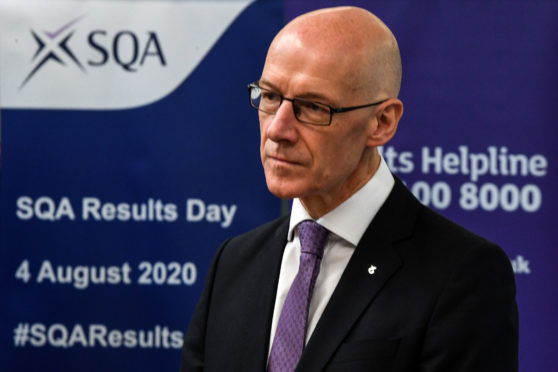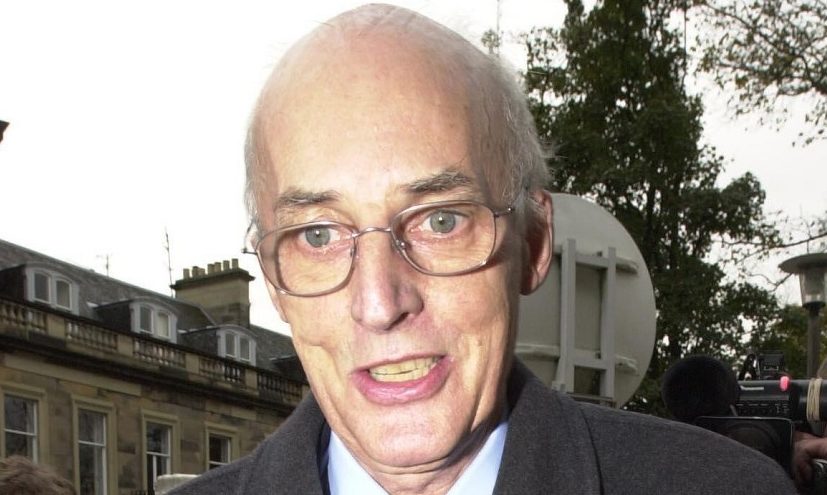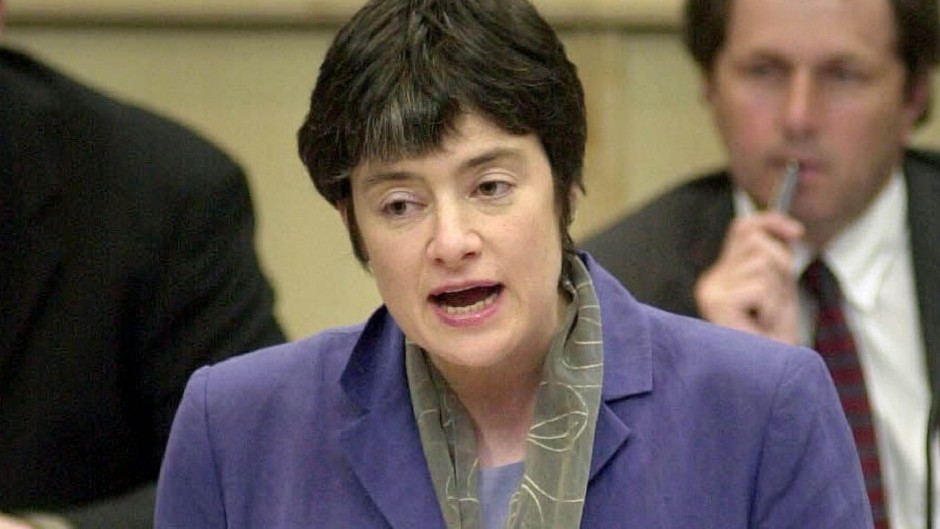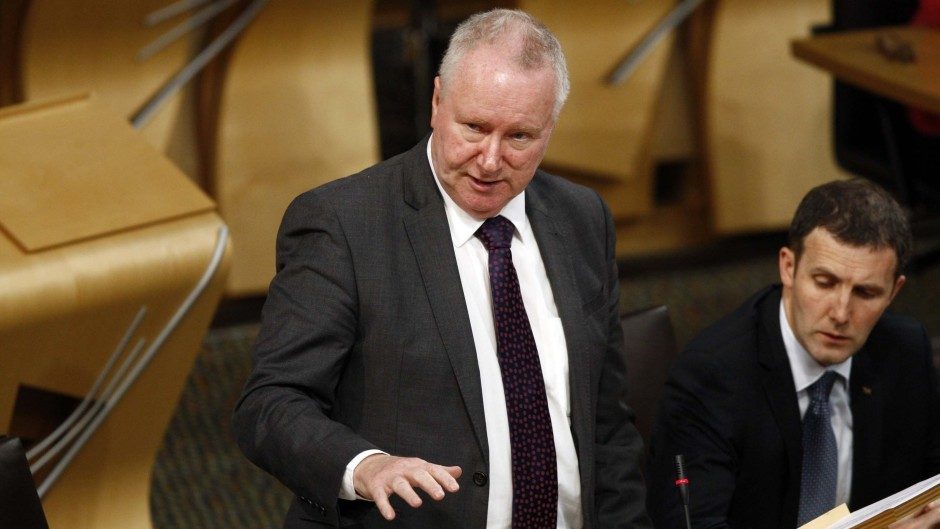The vote of no confidence in John Swinney marks only the fourth time in the history of devolution that MSPs have resorted to this mechanism to try to remove a government minister.
Such methods may be threatened more frequently but they rarely come to fruition in terms of a motion on the Holyrood floor because there is a recognition they tend to lack the parliamentary arithmetic to succeed.
In common with Mr Swinney’s predicament, the first vote of no confidence was triggered by an SQA exam results fiasco.
Sam Galbraith, Labour Education Minister
Twenty years ago it was a Labour/Lib Dem coalition running what was known as the Scottish Executive. The late Sam Galbraith of Labour was Education Minister when thousands of pupils across the country received wrong or inaccurate results.
It said: “The parliament has no confidence in Sam Galbraith in his role as a member of the Scottish Executive, by reason of his failure to act decisively on the matter of the Scottish Qualifications Authority between June 26 2000 and August 13 2000.”
Mr Russell’s motion failed as 66 MSPs voted against it, compared with 52 for it. There was one abstention. Therefore, he survived the vote, which was held in December 2000, some time after Mr Galbraith had been reshuffled from education to environment.
Sarah Boyack, Labour Transport Minister
The following year the Labour Transport Minister, Sarah Boyack, survived a motion of no confidence. It was lodged by the SNP’s Bruce Crawford and concerned the awarding of four road maintenance contracts to two private firms.
The contracts, worth £350 million, had been awarded to Amey and Bear Scotland, to the displeasure of councils who warned of thousands of job losses because they had previously carried out the work.
Ms Boyack argued there was no choice but to accept the private bids, which were £200m cheaper than the local authority tenders.
The motion of no confidence was defeated by 70 votes to 33 with 16 abstentions.
Alex Neil, SNP Health Secretary
Prior to the Swinney vote the most recent vote of no confidence was in Alex Neil, the then-SNP Health Secretary, over the handling of mental health provision at Monklands Hospital, Lanarkshire.
The motion was tabled by Labour’s Neil Findlay in May 2014 and followed controversy over Mr Neil’s reversal of a decision to remove acute mental health bed provision at the hospital in his Airdrie and Shotts constituency.
The original decision had been made by then-Health Secretary Nicola Sturgeon. Labour referred to documents obtained under Freedom of Information, which showed Mr Neil had emailed officials to say his view was that the facilities should be retained.
Labour claimed Mr Neil’s subsequent move to remove himself from the decision-making process had been made when his mind had already been made up. Mr Neil survived the vote by 67 votes against 57.
The then-First Minister, Alex Salmond, maintained Mr Neil had acted perfectly properly.
Later that year he was moved from health to social justice.



